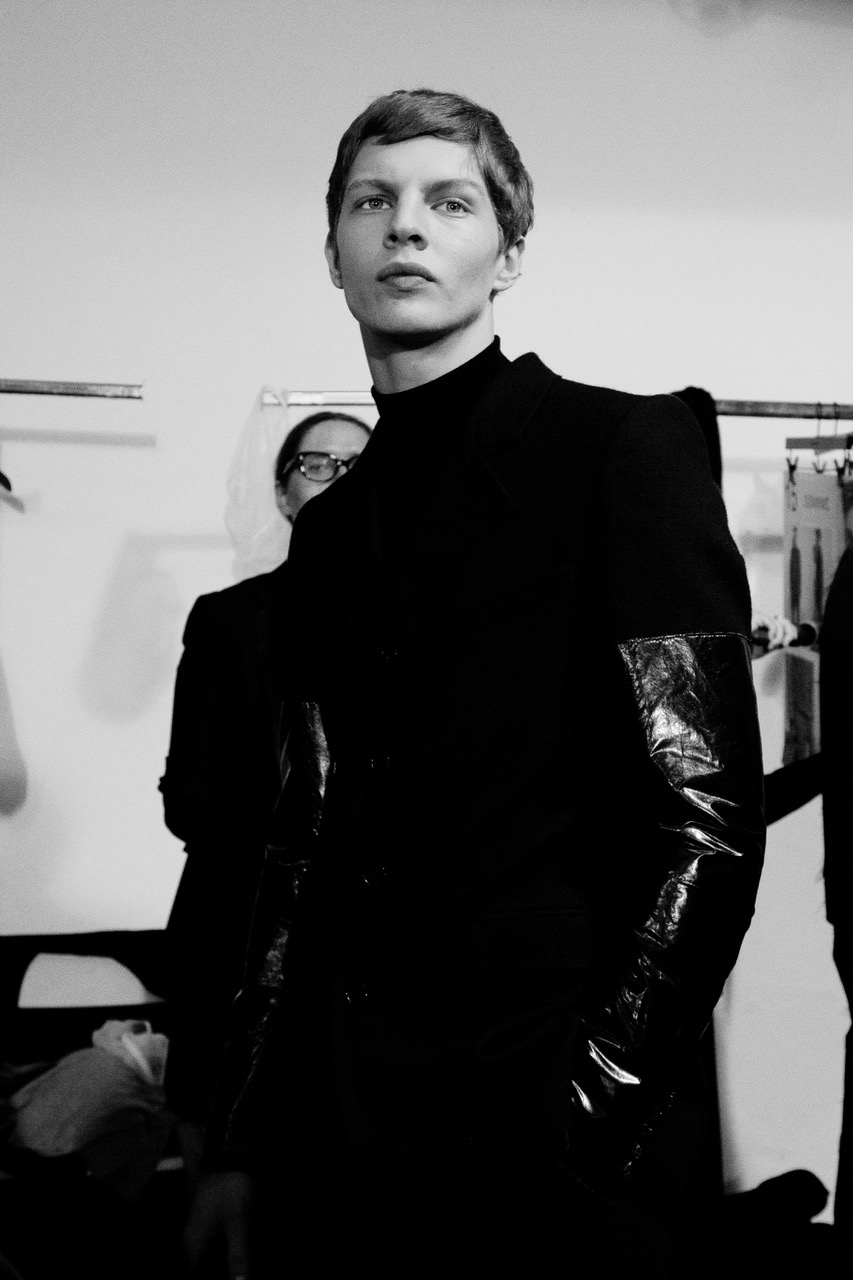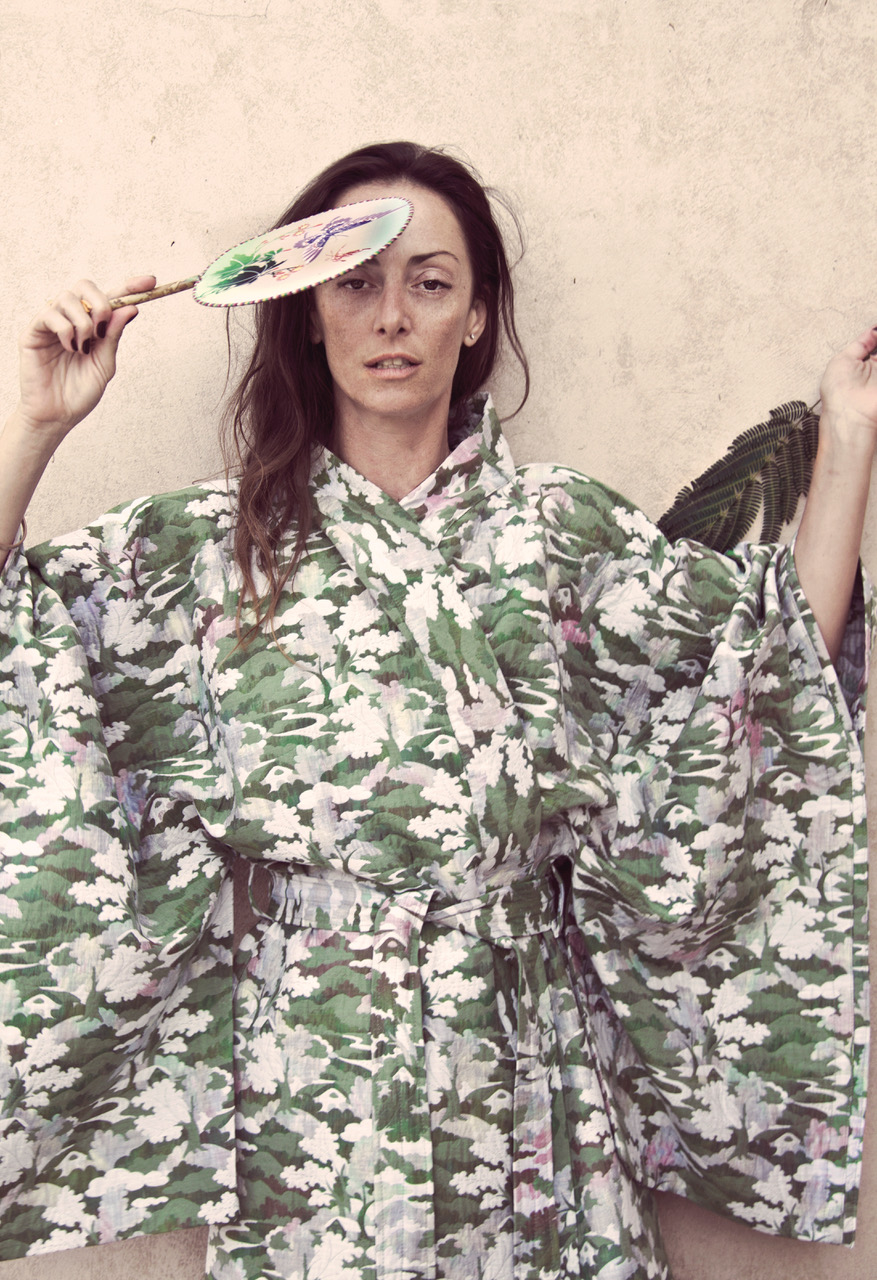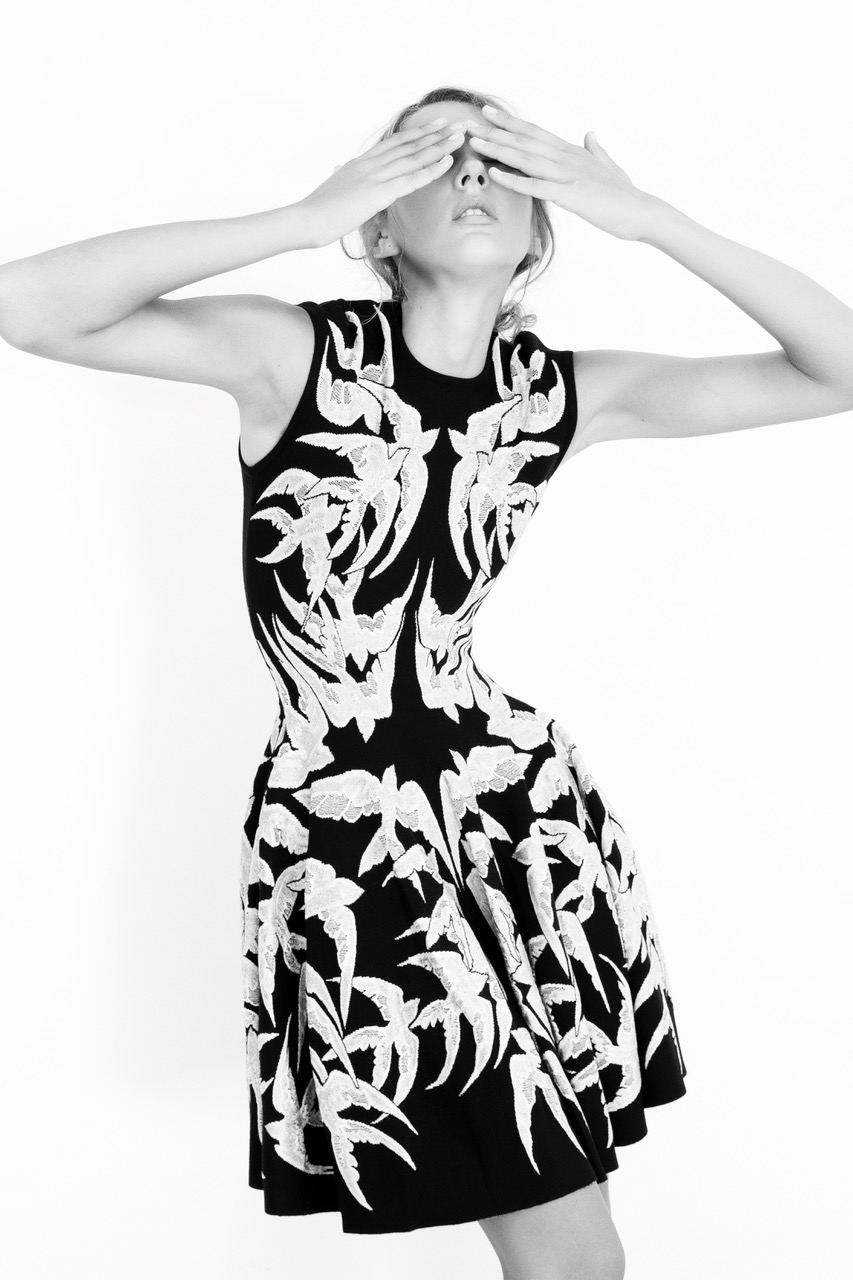A Delightful Chat with Filep Motwary
Connection. A true conversation. Reflection in time. Elements that are most rare during the seasonal circus of fashion weeks with shows happening in such rapid succession. A first encounter with Filep Motwary, in a palazzo garden prior to a fashion show in Florence, proved to be most contradictory. A brief moment was shared, one of earnestness and openness. Ever since this initial dialogue, we kept in touch, following each other’s lives with interest. It felt natural to share his universe a little further. Filep is a man of calm composure, weighing his words carefully. In his work as curator, designer, writer and lately most notably as photographer, he is able to communicate precisely what he observes. In this conversation, we explore his heritage, feeling for new talents and opinions on an ever expanding industry.
Foundation. How was your upbringing and how does it connect to where you are today?
I was raised in Cyprus in the early 1980‘s, when it was still reeling of the 1977 war. People were busy rebuilding their homes, their businesses and so on. We, the children, were always out in the open, inventing games to fulfill our days. My dad was often away on trips whereas my mom was a seamstress, and still is today. Therefore, I was always surrounded by magazines and ladies who would visit our home for their fittings. My early drawings always consisted on princesses, cats – as they are one of the most alluring species – and treasures. It was about two weeks ago that I found a big envelope filled with all of them. I was particularly surprised to find a drawing of a dress that I did when I was five, identical to a dress I created only six months ago for a photo story. Even the color was the same. At the age of ten, I discovered Fashion File, a Canadian TV show presented by Tim Blanks and it was the moment where everything was justified within me. From that moment I promised myself this would be my world of choice. Also what helped forming this openness to my surroundings, is the fact that my parents came from different countries and backgrounds. Our home was a fusion of sounds, nationalities and cuisine. Everything was somehow ephemeral and carefree.
Development. What shaped your quest as a creative?
After my studies in fashion design, my first job was to assist a very important person in my life, Dapper Dan magazine’s co-editor, Nicholas Georgiou. With him it was like diving into the abyss of prêt-a-porter and couture, history and cinema. He is a moving library with a wild imagination combined with extreme determination and efficiency. We would work for the Greek edition of L’Officiel and Vogue having access to all the collections and designers. Days and nights filled with fittings, research and endless conversations. It is hard to find such a passion for so many different things in one person. The second important phase was back in 2004, in the John Galliano studio. I stayed there for a year or so, as an intern. It is rather pointless to go into detail about John Galliano. He is the king of fashion for me and the people who worked for him enjoyed being there as much as I did. It was the real meaning of luxury but from another angle. Fantasies in Duchess satin…
Intrigue. Your early designs and images, in what aspect were these personal and connected to your life?
My designs always carry an element of tradition and ethnic heritage due to the fact that my grandparents were farmers and agronomists. You can see this especially in the costumes I designed. A great part of my childhood was spent watching them at work in clothes that were a mix of their own and what my aunts and uncles would leave behind every time they would visit. It was a very interesting fashion approach, even if I did not see it as such at the time. When I initially became a designer, these memories would often work as a catalyst behind my collections. Subconsciously. The same goes for my photography. You can see a lot of childhood references, especially in my personal projects. Think of items like fur, or animals – especially horses, messy hair, rocky landscapes, the woods, crafts, layering…
Conversation. From your foundation to developing as an international curator, photographer, and writer, what brought you here?
It is like building a wall, brick after brick. Learning takes time, building relationships takes time, trust takes time. Add to this a healthy dose of effort and most definitely put in the hard work. I am turning 40 in two years and frankly it is still difficult to explain what my job is when people ask.
Personality. In short: How would you describe your approach to life?
My approach is always with love and passion. It is difficult to engage with something that does not speak to me.
Connection. Is there still room for pensive reflection and moments of true emotion in fashion?
Absolutely yes, there is emotion when I see a Rick Owens show, an Undercover show, or experience Dries Van Noten and Comme Des Garçons. There is a notional narrative in their work, a complete storytelling within each new collection. Even Hedi Slimane gets me emotional because his approach is always embracing the youth. The shows are so perfect, the setting is always immaculately designed. Even his casting gets me emotional. It is always a bunch of young rebels and that makes an impact because young people today are far from rebellious!
Tradition. How do you think we can connect historic artisans to the demanding future?
At this point Haute Couture has made a great comeback and people are again appreciating craftsmanship and aesthetic. There is such an enormous need for poetry in fashion that forces designers to invent ways to help people dream. This u-turn that fashion has taken, if we would compare it with the 90’s for example, I would say is a response to the crisis the global system has been experiencing for the last decade.
Solar. For those new bright talents about to embark on their design paths what would you advise them, how can they take part?
Every year I interact with a great number of young designers. My collaboration with Hyères Festival and my participation as a jury member for several fashion schools each summer in Europe, over the past 4-5 years, has become a pragmatic observation and speculation of what we call “who’s next” in fashion. I am rarely mistaken for the future of a talent, when I see one. The question is whether there is room for spontaneity now. Those who have a concrete story to tell are the ones with a future in this business. There are many things to explore still.









